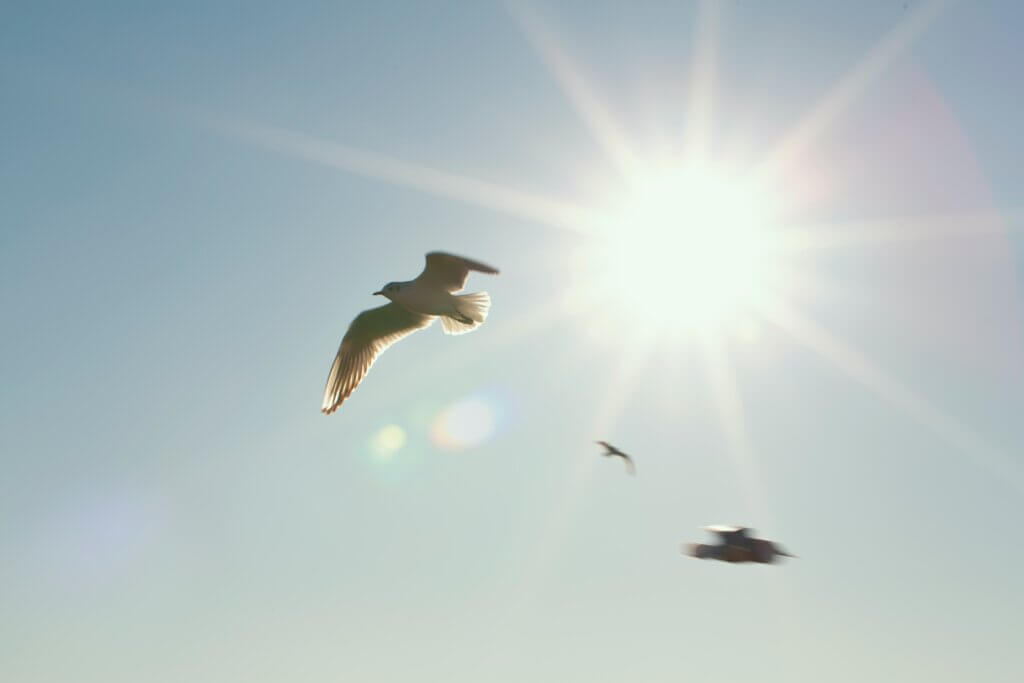Continuous with Jehovah’s re-creation of persons who attain Isaiah’s seraphs level—who “ascend as on eagles’ wings” (Isaiah 40:31)—appears Jehovah’s end-time servant. The servant’s attaining the seraph level (cf. Isaiah 14:29; 51:9–10; 63:9) thus forms a high point of Jehovah’s narrowing creations as outlined in chapter 40. Personifying righteousness because he keeps Jehovah’s law and word under all conditions, he serves as an exemplar of righteousness in a time of wickedness and self-righteousness, showing how all may ascend to the seraph level in accordance with Jehovah’s “plan” (Isaiah 40:13).
One persona under which the servant appears is that of a Righteous Warrior—Jehovah’s sword and bow. In that respect, he emulates Jehovah, who also appears as a Righteous Warrior: “Jehovah will come forth like a warrior, his passions aroused like a fighter; he will give the war cry, raise the shout of victory over his enemies (Isaiah 42:13). When Jehovah empowers him, the servant reduces the enemies of his people to “dust” and “stubble”—to chaos, or nonentities—as he reconquers the world from the Assyrian power when its work of punishing the wicked is done (vv 11–16; Isaiah 9:4; 10:24–27).
Jehovah’s “raising up” his servant “from the east” and calling him “to his foot”—to the Promised Land—possesses word links to his “raising up” the servant in verse 25 and to his “raising up” the servant under his Cyrus persona (Isaiah 45:13). It also synonymously parallels Jehovah’s calling his servant from the east within a chiastic structure of alternating chaos and creation motifs that spans chapters 41–46: “I summon a bird of prey from the east, from a distant land the man who performs my counsel” (Isaiah 46:11). Each of these depictions nuances the different tasks the servant performs.
“He puts them to flight, passing on unhindered by paths his feet have never trod.” When reconquering the earth from the Assyrian alliance, Jehovah’s servant and his seraph-associates exercise extraordinary divine powers over Jehovah’s enemies: “He will smite the earth with the rod of his mouth and with the breath of his lips slay the wicked. Righteousness will be as a band about his waist” (Isaiah 11:4; emphasis added); “Assyria shall fall by a sword not of man; a sword not of mortals shall devour them: before that sword they shall waste away and their young men melt” (Isaiah 31:8; emphasis added).
Isaiah’s chiastic pattern of thirty alternating chaos and creation motifs in chapters 41–46 ends by synonymously paralleling the “bird of prey” who comes from the east with the person who exemplifies righteousness who comes from the east (Isaiah 41:2, 25), showing they are one and the same. A doubling of directionals, moreover, shows that when “the man who performs my counsel” arrives from a “distant land” or a “land far off” (v 11), Jehovah’s righteousness is no longer “far off” but is “brought near” (v 13), confirming the bird of prey’s identity as righteousness—Jehovah’s end-time servant.
Those who are far from personal righteousness must emulate one who personifies righteousness so that Jehovah—who personifies salvation—may come and dwell among them (Isaiah 62:10–12). As the time is short, however, for those “stubborn-hearted” who still cling to their idols (vv 1–9) there exists but one of two possibilities: “From the west men will fear Jehovah Omnipotent and from the rising of the sun his glory. For he will come [upon them] like a hostile torrent impelled by the Spirit of Jehovah. But he will come as Redeemer to Zion, to those of Jacob who repent of transgression” (Isaiah 59:19–20).
(Taken from Apocalyptic Commentary of the Book of Isaiah, pp 250–251, 295–296)



